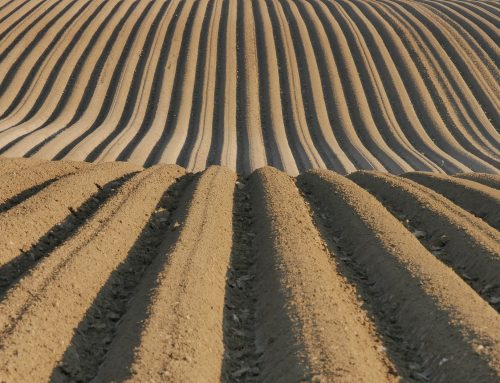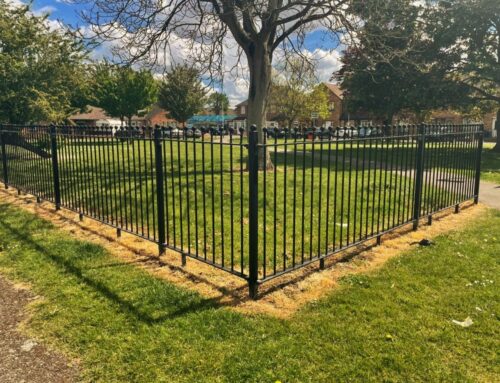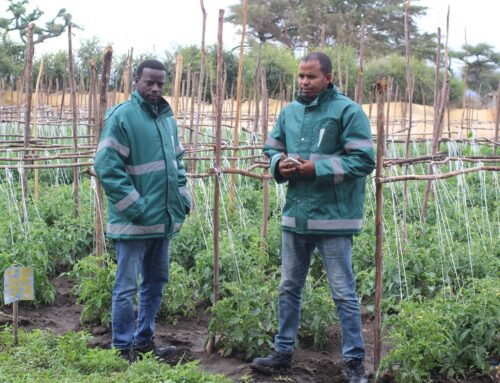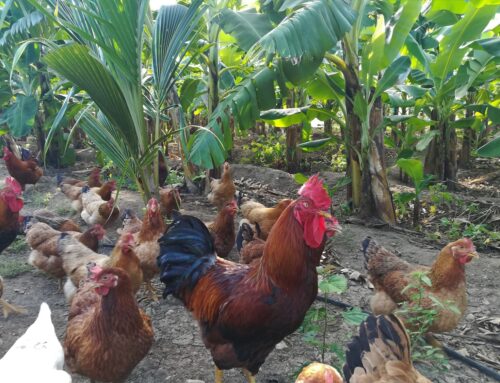PAN UK recently presented at the international webinar ‘Alternatives to Paraquat Dichloride in Weed Management’, organised by FAO, the Rotterdam Convention and UN Environment Programme. Staff Scientist, Stephanie Williamson, summarises the different cultural, mechanical, manual and biological weed management methods which can be used for reducing reliance on herbicides below.
Our Costa Rican collaborator from the Regional Institute for Research on Toxic Substances (IRET), Fernando Ramirez, emphasised that, in contrast to temperate zones, in the tropics the majority of plant nutrients are held in overground biomass rather than the soil. Hence the importance of ground cover vegetation, which also helps reduce weed pressure and stimulates an active, soil surface community of beneficial microbes. Practical examples include Costa Rican oil palm producers with over 40 years’ successful experience in using kudzu vine as an inter-row ground cover, while electrical weeding equipment has recently been introduced in sugar cane estates and rice farms in Nicaragua.
Gustavo Gandini from the Dominican Republic’s organic banana growers association BANELINO then described how organic farmers manage weeds without synthetic herbicides and highlighted the need to rethink the whole concept of ‘weeds’ in an agroecological system which uses plant and crop diversity to keep unwanted plants from becoming problematic. Promoting healthy soil ecosystems is an essential component of this weed management approach and BANELINO growers have found that soils with sufficient ‘life’ can provide enough food for the crop and other vegetation, leading to lower levels of damaging weeds.
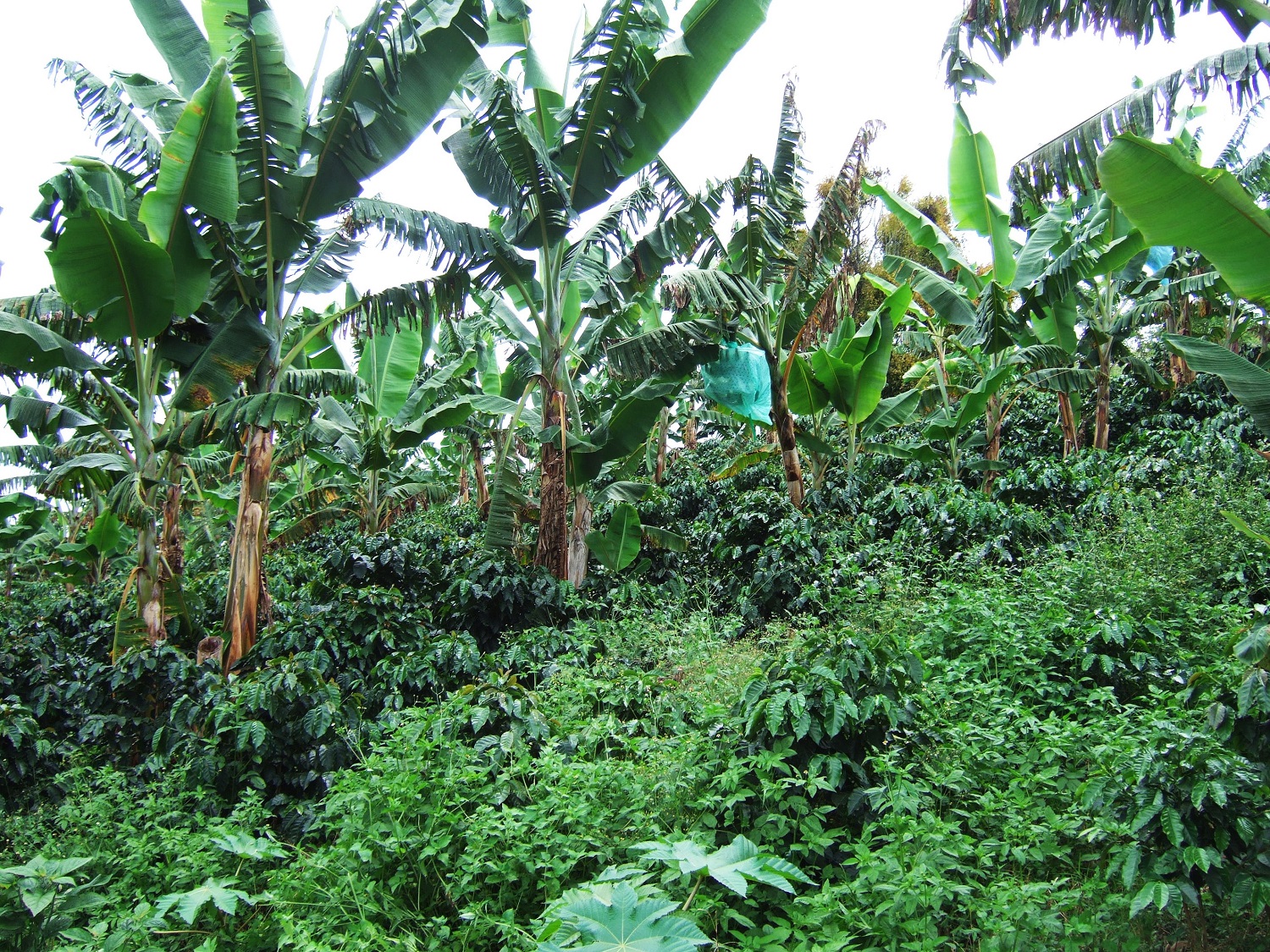 Coffee interplanted with banana and legumes in Nicaragua increases biodiversity and ground cover. Credit: PAN UK
Coffee interplanted with banana and legumes in Nicaragua increases biodiversity and ground cover. Credit: PAN UK
Costa Rican coffee grower Ricardo Perez shared his experiences in moving away from herbicide reliance on his medium-scale coffee farm, making use of ground cover plants and using shade tree prunings as weed-smothering mulch. Leaving up to 40cm height of vegetation generates a huge tonnage of biomass per hectare, providing nutrients and a habitat for many beneficial organisms. Ricardo has been able to virtually eliminate herbicide use, only applying a small volume of glufosinate targeted on the fertilisation ring (root-feeding zone) around coffee bushes, once per year maximum IF needed.
For situations where an immediate burn-down effect is needed, there are alternatives to paraquat. Fernando described how an increasing number of bioherbicide products are coming onto the market, based on a variety of plant extracts and essential oils, fatty acids or microbial breakdown products, usually combined with some form of soap or other emulsifiers to help cover the foliage. At farm level, Gustavo shared how high concentrations of acidic bioferments (microbial brews fermented from organic matter such as manure, forest floor fungal material) produced on-farm can be used to burn off unwanted vegetation and deliver extra benefits in adding nutrients and beneficial microbes to the leaf litter layer.
Participants asked several valid questions about practical feasibility of using alternatives and potential trade-offs on the environment and farm work. There are no ‘one-size fits all’ answers and no ‘magic bullets’ for phasing out use of paraquat, while avoiding simply replacing it with other synthetic herbicides which pose hazards to long-term human health, wildlife or the environment (e.g. 2,4-D, diquat, glyphosate, diuron). Webinars like this are really useful in raising awareness of potential alternatives and hearing from individual experiences of researchers, farmers or grower associations.
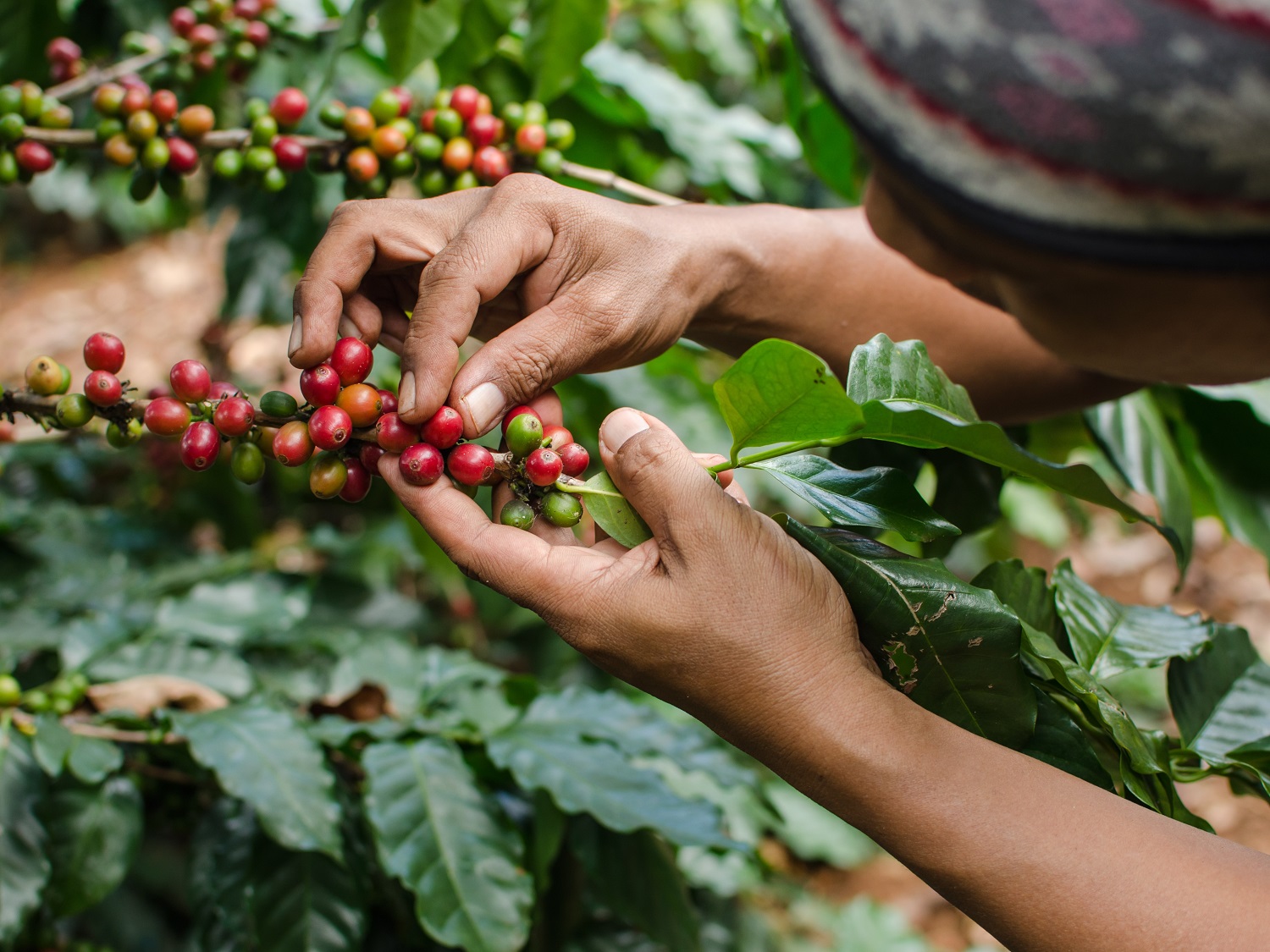
Picking coffee berries. Credit: Shutterstock
Read more:
Phasing out HHPs in smallholder vegetable farming in Ethiopia

